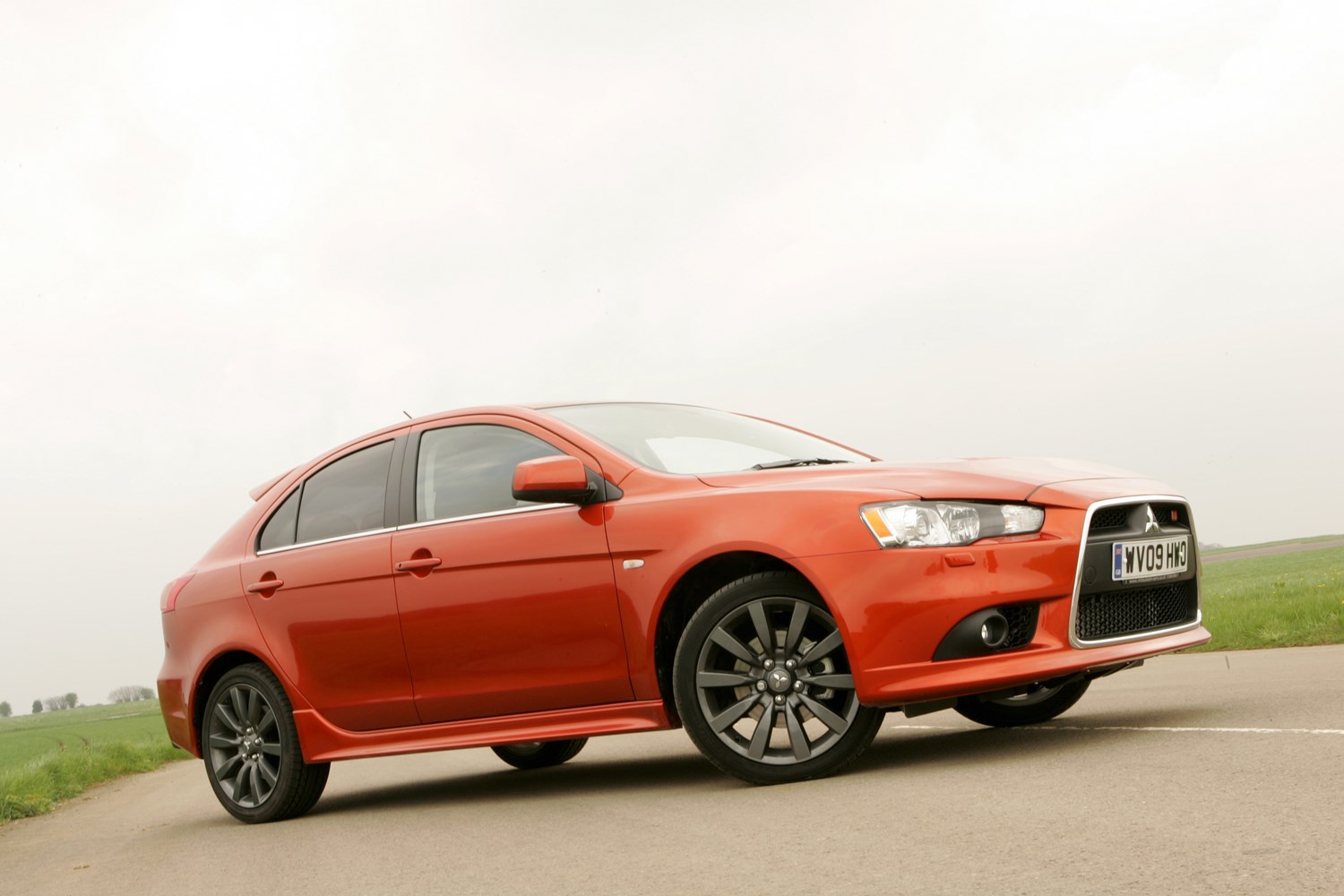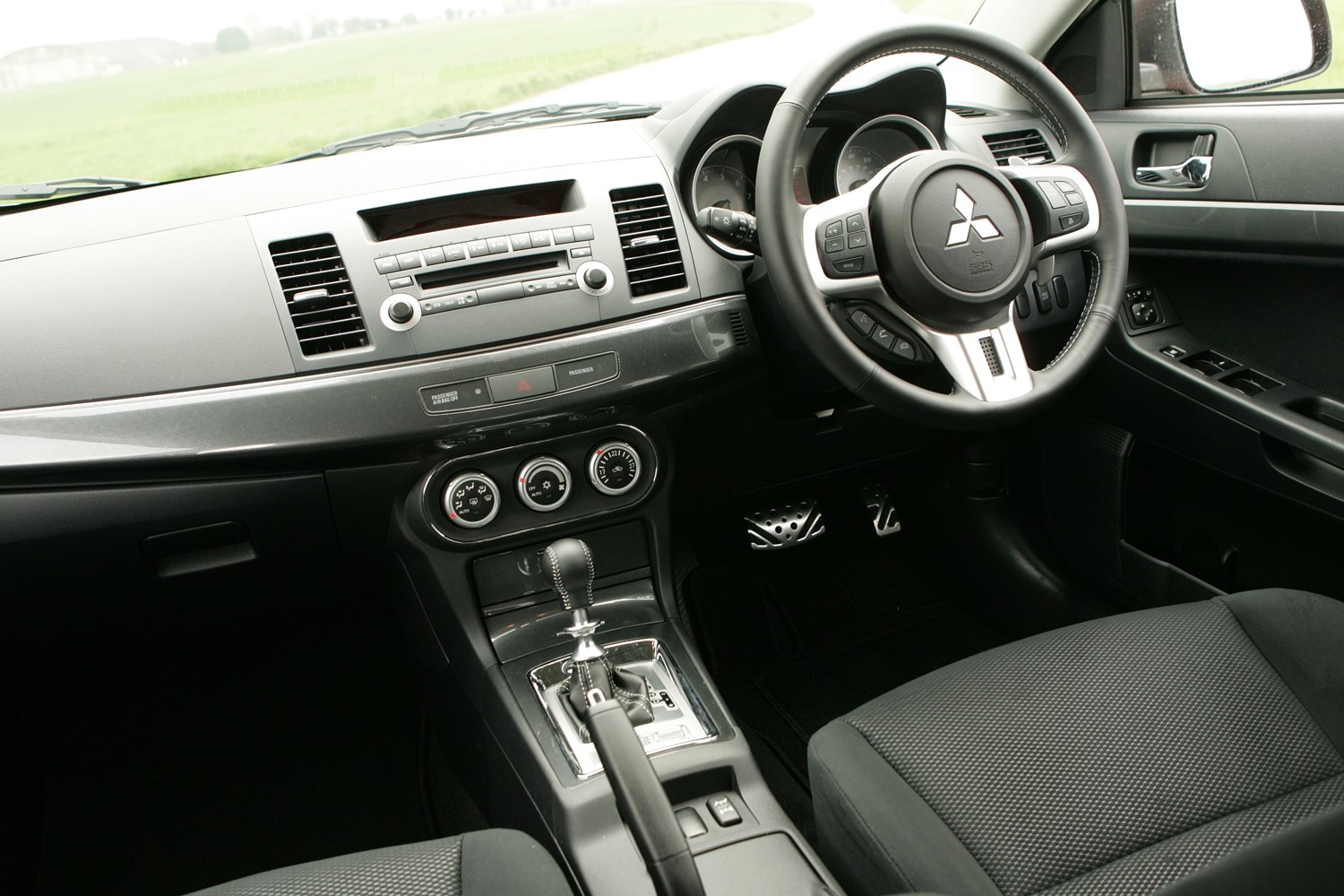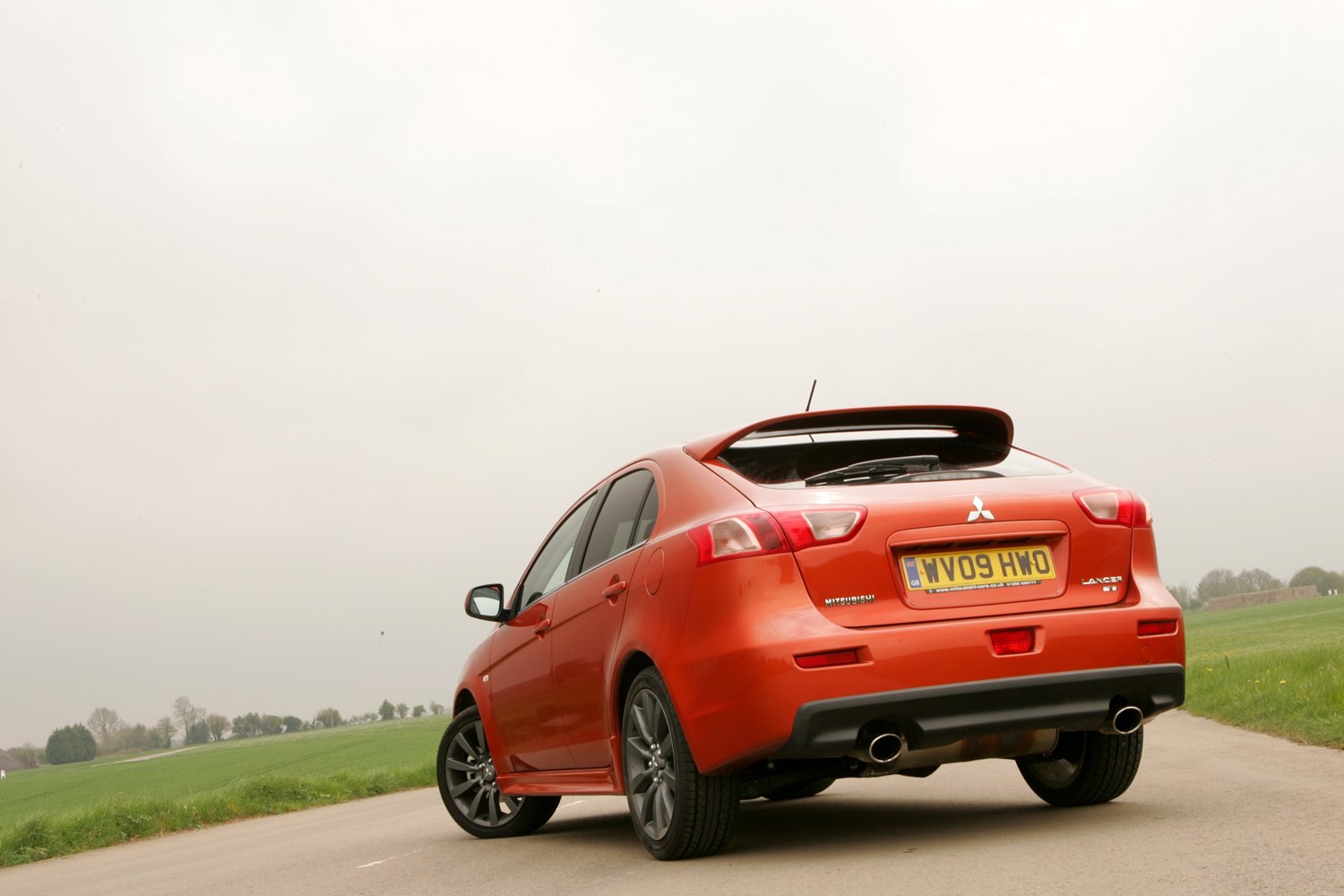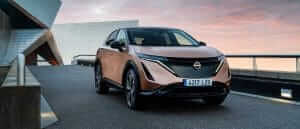Latest model
The Lancer spanned nine generations, with the latest model sitting on a new platform and boasting a more stylish look than its predecessor.
Despite competing in the C-segment (where a Ford Focus and Volkswagen Golf sit), it was larger in size too, and offered more interior space. A choice of saloon or Sportback (hatchback) were also offered, which isn’t all that common in this class.
The latest generation Lancer had a relatively short lifetime in the UK, with Mitsubishi discontinuing it after just three years on sale in 2011. The only real change came in the form of the Juro special edition in 2010. Based on the GS2, it brings additional equipment like a reversing camera and Kenwood sound system.
Value for money
Value was always at the core of the Mitsubishi Lancer, and even when it was new, it represented great value for money – costing from £12,499 for the entry-level option, which still features electric windows, air conditioning and a trip computer.
Today, the Lancer makes for a very attractive used buy, with high-mileage cars starting from as little as £1,500, and double that for something with around 80,000 miles on the clock. Outside of the Evo, which we won’t focus on here, the Ralliart models are the most desirable, and are quite rare to find on the used market. Prices for these start from around £6,500.
Looks and image
Despite its age, the Lancer remains a relatively stylish choice, with its sleek styling and neat grille making it quite an attractive choice. The choice of saloon or Sportback models adds to the appeal too. If you want the most style, it’s worth looking out for a higher-spec GS3 or GS4 car, as these come with smarter 18-inch alloy wheels as well as privacy glass.
The Lancer’s cabin doesn’t quite impress in the same way, as the switchgear feels quite low-rent, and the overall quality is disappointing, particularly if you compare it to a model like the Skoda Octavia of the same year. It does feel quite sturdy, though, and certainly up to dealing with anything family life throws at it.
With the Lancer being linked to the Evo, you might expect it to be quite a sporty choice behind the wheel. Sadly, it does disappoint in this area, with its quite lethargic petrol engines (Ralliart aside) not making for an enjoyable drive. There’s lots of body roll through the corners, while the stiff suspension can be quite uncomfortable. A Seat Leon or Ford Focus are much better choices in this respect.




